What The Tech?! Rocket Engines
Rockets gave us satellites, the space race and new technology for civilians.
If you aren’t a medium member, you can read with no paywall via substack
While covering the history of our connected world there’s been a heavy focus on electronics, with satellites, telephones and even radio being the subject of earlier articles. Though these are pretty fun topics, today we’ll be looking at something even cooler. Known for causing terror during the Second World War, as well as kicking off the Cold War era space race, the focus of today's article was much more relevant over time than many realise. We’ll be focusing on rockets, the backbone of any nation-state space program. Let’s launch!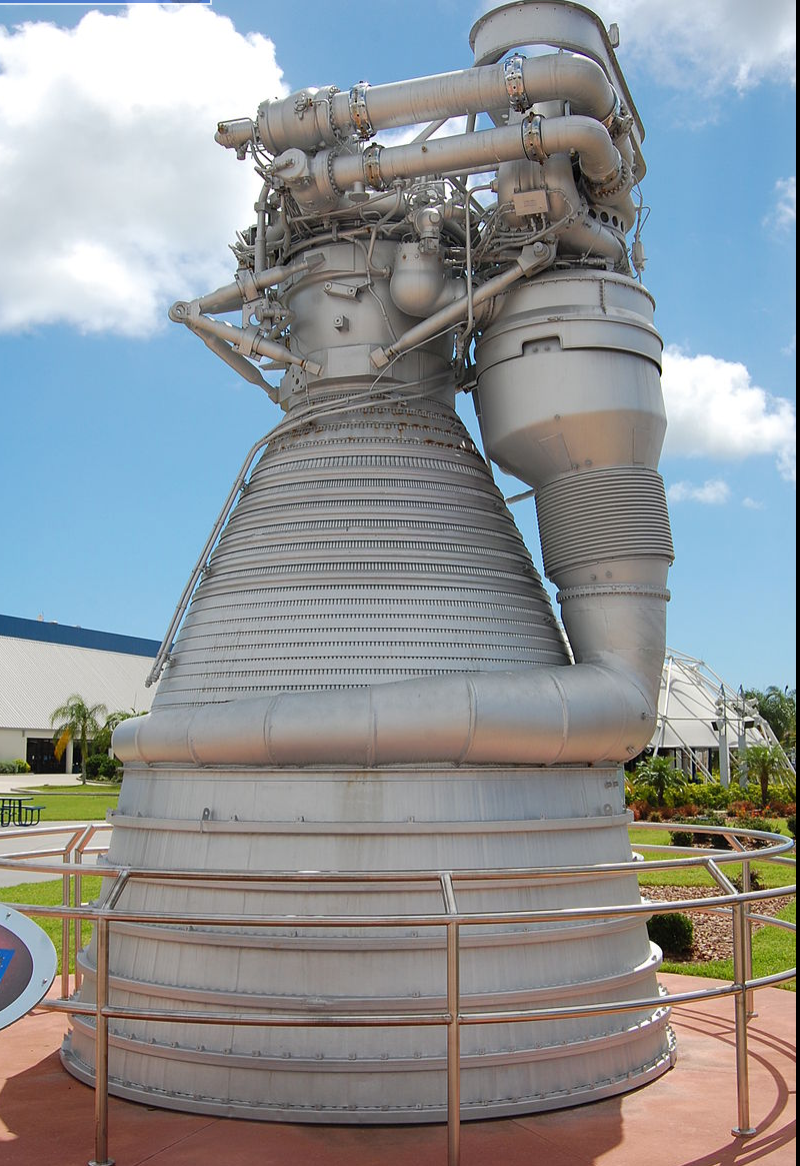 The Rocketdyne F-1 engine was responsible for taking mankind to the moon via the Saturn V rocket system. Source: Wikipedia.
The Rocketdyne F-1 engine was responsible for taking mankind to the moon via the Saturn V rocket system. Source: Wikipedia.
Early Research
Like many ultra-modern forms of technology, the concept of rocketry was around long before the technology to support it existed. In this instance though, just how early this occurred may surprise you, as it was in 400 BC that the first rudimentary experiments were conducted. Using a wooden bird propelled by steam, the thrust provided was not significant enough to provide actual flight, however, it did provide proof that the theory would be a viable technology. Later, the first rockets would be used to power Chinese arrows. While some claim this occurred around the 10th century, more reliable documentation shows this occurring in the 13th century. Either way though, it’s hard to argue the impact the Chinese people had on this technology.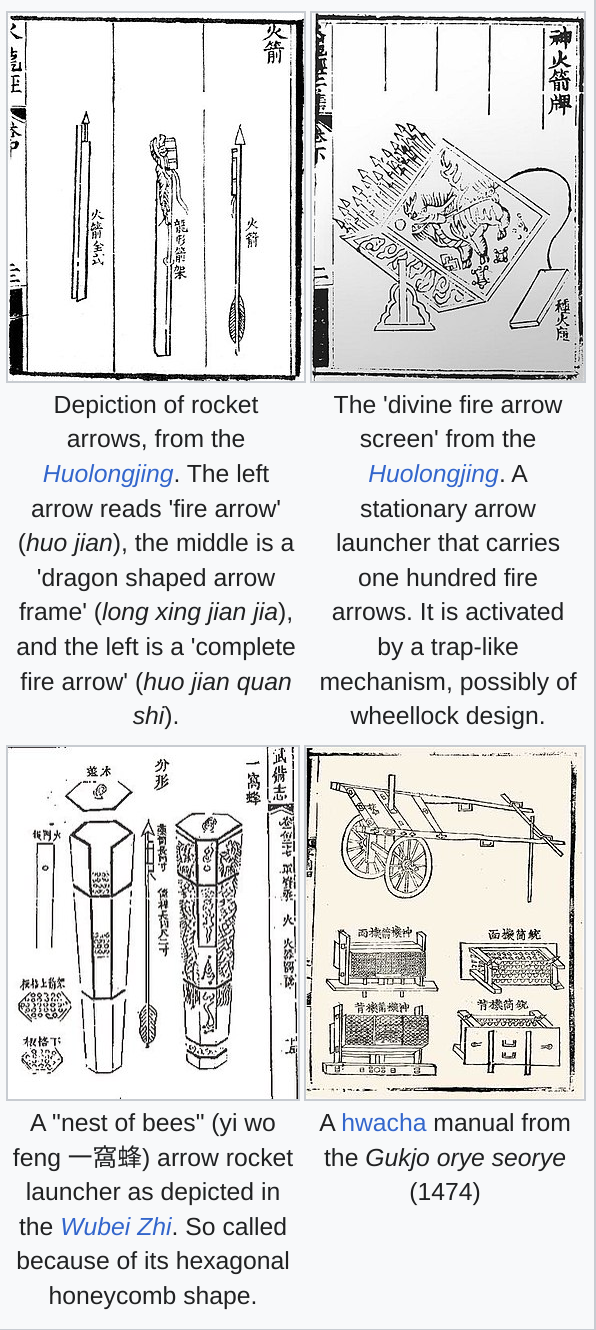
While it’s different to what we’d expect to see in a craft that's dedicated to spaceflight or exploration, it’s very similar to the concept of today’s HIMARS and Multiple Launch Rocket Systems (MLRS) in that it is a weapon, using rocketry technology to provide a significant boost in range and carrying capacity. Early Chinese arrows are also pretty impressive tech when you consider the technology of the day.
In later years, further experiments would be conducted in the Middle East and by the time gunpowder was a known technology, the concept of rocket-powered weaponry was all but assured. However, these weapons were still quite rudimentary and would require both new research and new technology to help improve both payload and accuracy.
While this is all pretty detailed stuff for such an early era, the biggest and most well-known contributions from rocketry to our modern world, were still yet to occur and would come many years later.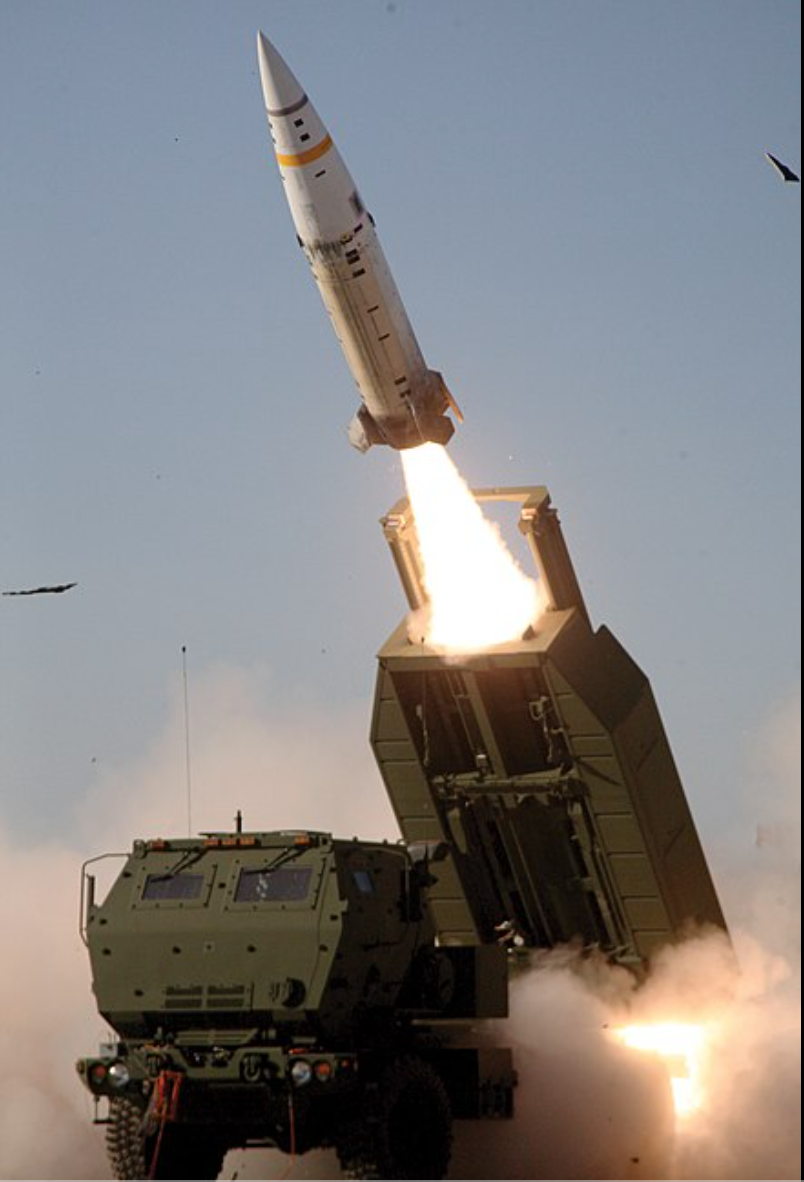 Rocketry is an essential part of the military, powering satellites, missiles, artillery and other important technology. Here is the MGM-140 ATACMS at work. Source: Wikipedia.
Rocketry is an essential part of the military, powering satellites, missiles, artillery and other important technology. Here is the MGM-140 ATACMS at work. Source: Wikipedia.
How It Works
Typically, aircraft engines are pretty complex beasts. Early radial engines had many cylinders as well as forced induction in some instances, and producing reliable jet engine technology requires significant advancements in metallurgy and electronics to have them function reliably.
However, when it comes to rockets the technology is as simple as it is effective. The technology can sometimes vary from system to system but generally speaking, fuel is held onboard and fed into a combustion chamber where it’s ignited. Once ignited within the chamber, the burnt fuel exits via a specialised nozzle which assists in providing thrust.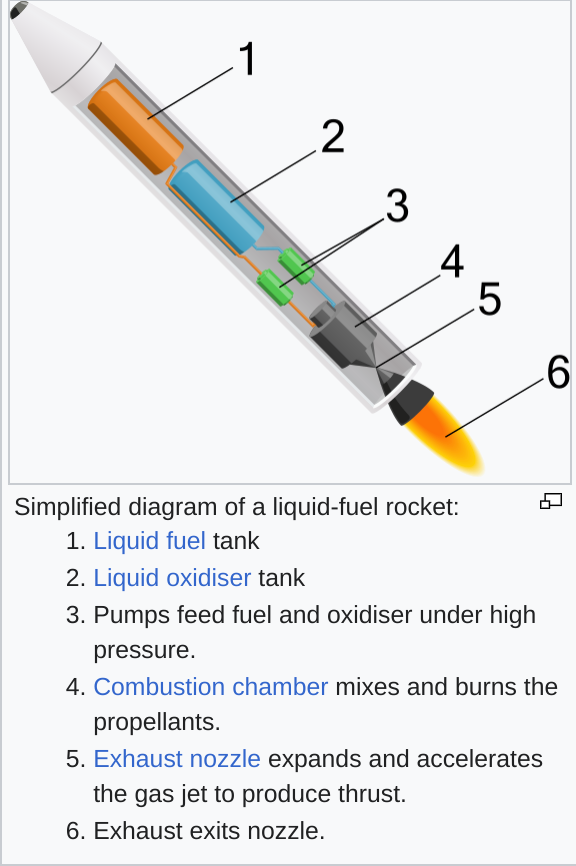 The first advanced rockets usually used liquid fuel technology. Source: Wikipedia
The first advanced rockets usually used liquid fuel technology. Source: Wikipedia
Newton’s third law takes care of the rest and as the burnt fuel exits the chamber at speed, an equal reaction is provided in the opposite direction, leading to an acceleration of the vehicle. Usually to high speeds quite rapidly.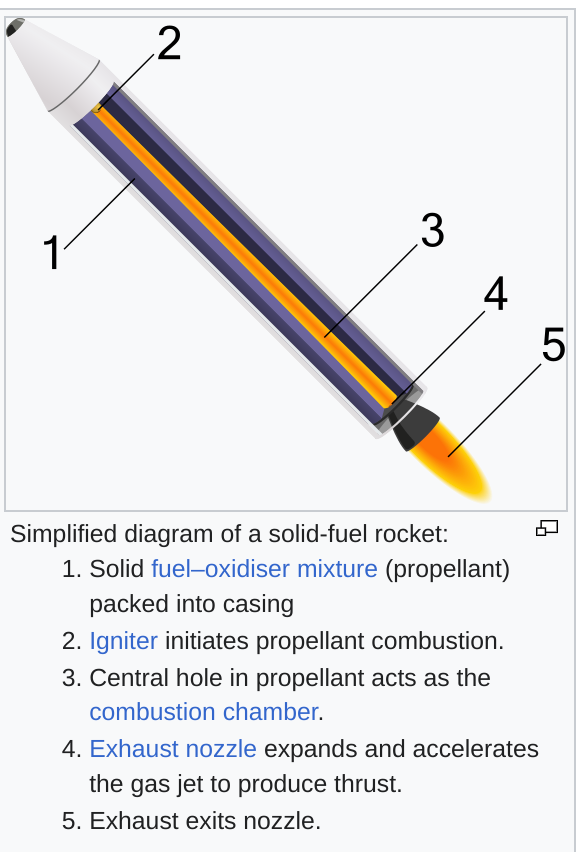 Later technology focused on solid fuel systems. Source: Wikipedia
Later technology focused on solid fuel systems. Source: Wikipedia
While earlier technology focused on using a fuel and an oxidizer that would then be mixed, more modern technology uses a solid fuel system with the oxidizer and fuel stored together. This led to improvements around storage and safety and would become particularly relevant during the Cold War. It would also lead to new, more improved designs, with the combustion chamber often being the actual rocket and exhaust design becoming even more important in achieving optimal flow and thrust.
When properly optimized a rocket exhaust will display a “Shock Diamond” patterned flame. Which for a rocket nerd, is a beautiful thing to see in person.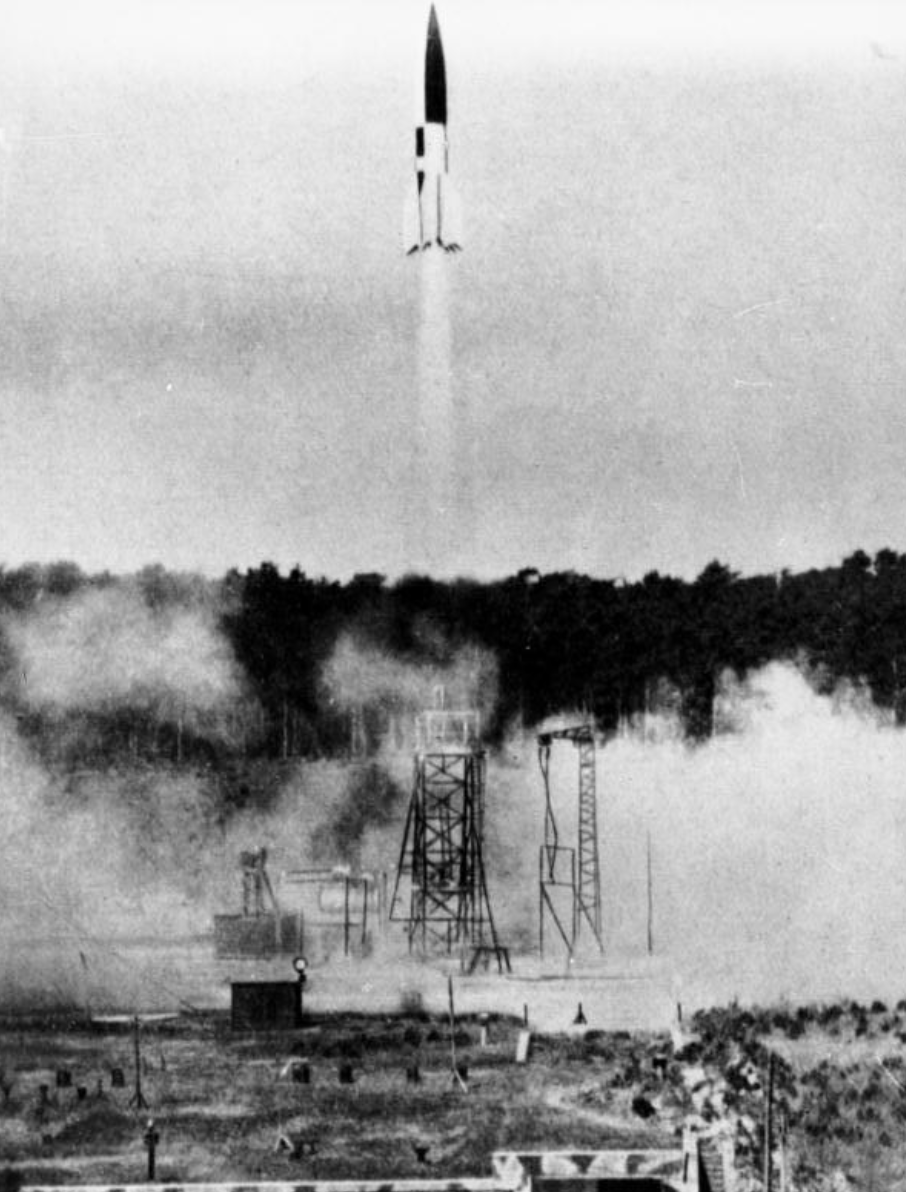 The V2 provided many with their first terrifying introduction to rocket-powered weaponry. This V2 was launched in 1943. Source: Wikipedia
The V2 provided many with their first terrifying introduction to rocket-powered weaponry. This V2 was launched in 1943. Source: Wikipedia
In With A Bang
Despite rocketry becoming more common across the world in both the civilian and military domains, it would take World War 2 to bring the concept into the eye of the general public. And it would take attacks on civilian cities for this to occur.
It’s well known by now that the V2 attacks were responsible for the first rocket-assisted attacks that came later in the World War years, but one lesser-known fact was that it was German civilian scientists who were responsible for the programming. Controversial due to its use of forced labour, these scientists would eventually be captured by both the Soviets and the Americans and would later turn their skills to the space race. An integral part of the Cold War and responsible for much of the technology we can still see today, this race would set the stage for some of the most exciting technology the world had ever seen in a scientific capacity.
Despite the vastness of both Soviet and US space programs, a lot of weight was placed on the work of individuals on both sides. In the United States, German scientist Werner Von Braun would be responsible for much of the early US success, with his Saturn V design eventually taking the Apollo astronauts to the moon.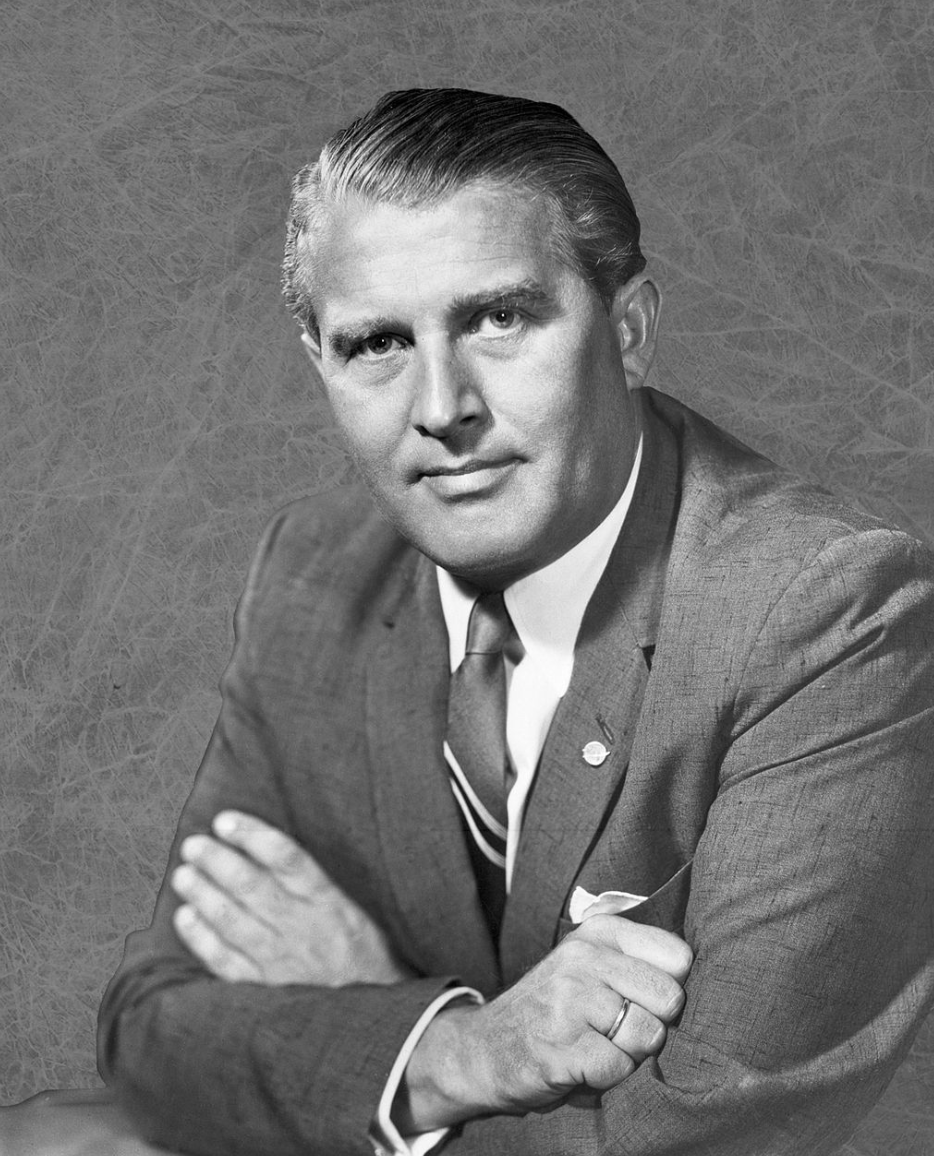
While the USSR had the experiences of Sergei Korolov (Сергій Корольов). Ukrainian-born Korolov spent years in the Gulag before being pardoned and going on to provide significant experience towards the USSR’s own space exploration program including the eventual design of the Soviet R-7 Rocket.
Korolov’s contributions to the program remained secret for years, and it wasn’t until the post-Cold War era after his death that the world understood his contribution to the world of science in the soviet union.
Modern Technology
While the early Apollo-era technology was impressive, it was still quite rudimentary and post-war improvements in metallurgy, electrical and computing design meant that the rockets would eventually become more efficient and more powerful, providing increases in launch payload and total thrust available.
It would also eventually provide miniaturisation, which would not only lead to things like air-to-air missiles becoming viable, it would also mean that rocketry could get back to its roots and provide cheap, simple systems for enthusiasts to learn from at home. So yes, should you be interested you too can be a rocket scientist even if only for a few hours.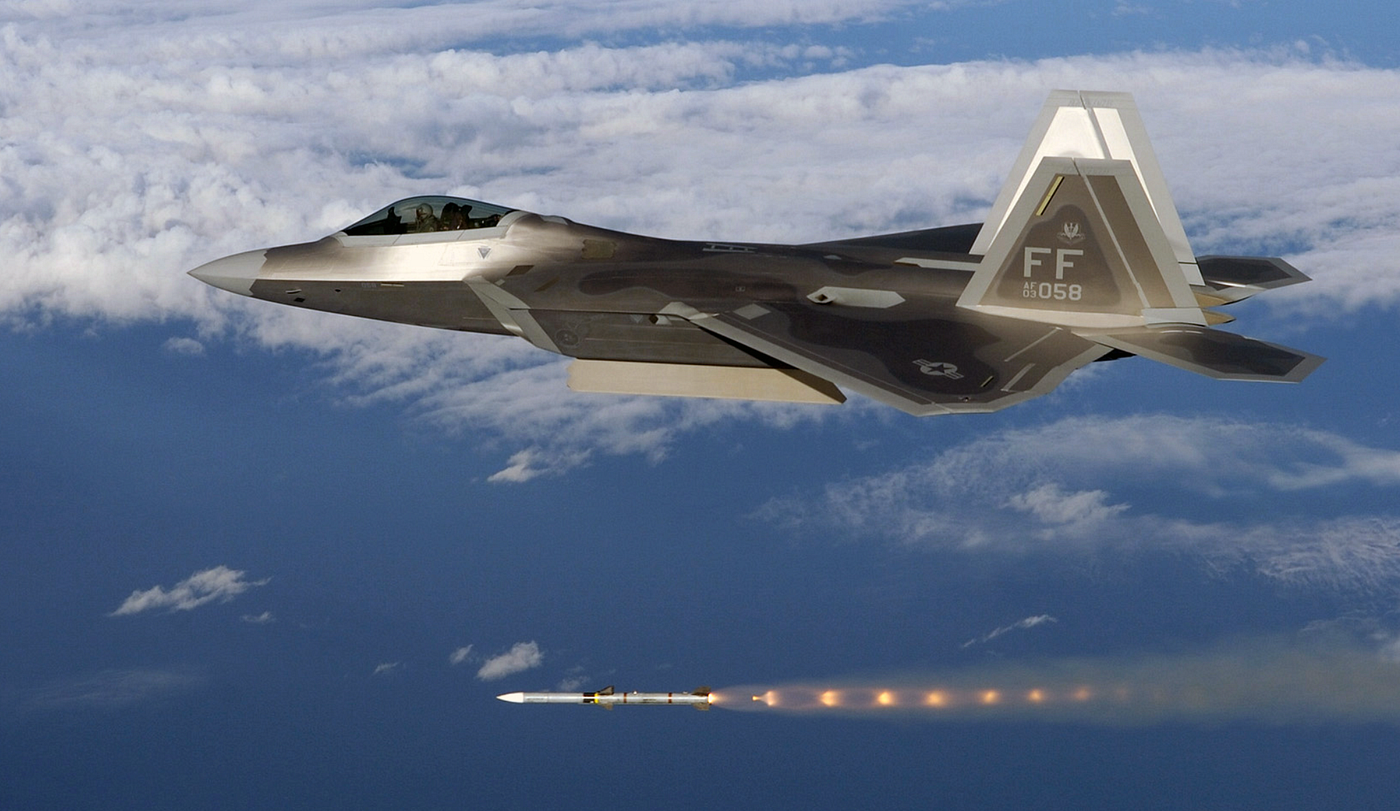 The AIM-120 AMRAAM would become a mainstay of Western aerial fighters. This launch from a US F-22 Raptor shows the concept of the shock diamond exhaust perfectly. Source: Wikipedia
The AIM-120 AMRAAM would become a mainstay of Western aerial fighters. This launch from a US F-22 Raptor shows the concept of the shock diamond exhaust perfectly. Source: Wikipedia
The switch to solid fuel systems also provided greater stability and controversially we’d see an extended peace dividend because of those when paired with nuclear weapons.
The nuclear-based, mutually assured destruction theory became far more reliable as rocket technology matured, leading to systems being installed on submarines, and ground vehicles as well as in the ground-based silo systems that are still common, even today. Because of this, the Cold War ended without a single nuclear weapon being fired in anger. A net positive for humanity.
Into The Future
Despite early rocketry systems being the domain of militaries and government agencies, with the ending of the Cold War and the new resurgence in space exploration this fact would eventually start to change in the early 2000s and beyond.
New programs were launched by multiple nations and, economically speaking, these became for-profit ventures. Eventually, this trend would spread to the point where we now have multiple private space programs. While these programs vary in their approaches taken, as well as the successes gained, it’s shown that spaceflight is now the domain of private interest groups as much as it is government organisations. This approach isn’t new, however, with the first space “tourist” concept first occurring at the International Space Station shortly after the collapse of the soviet union. Dennis Tito would eventually spend 8 days in space.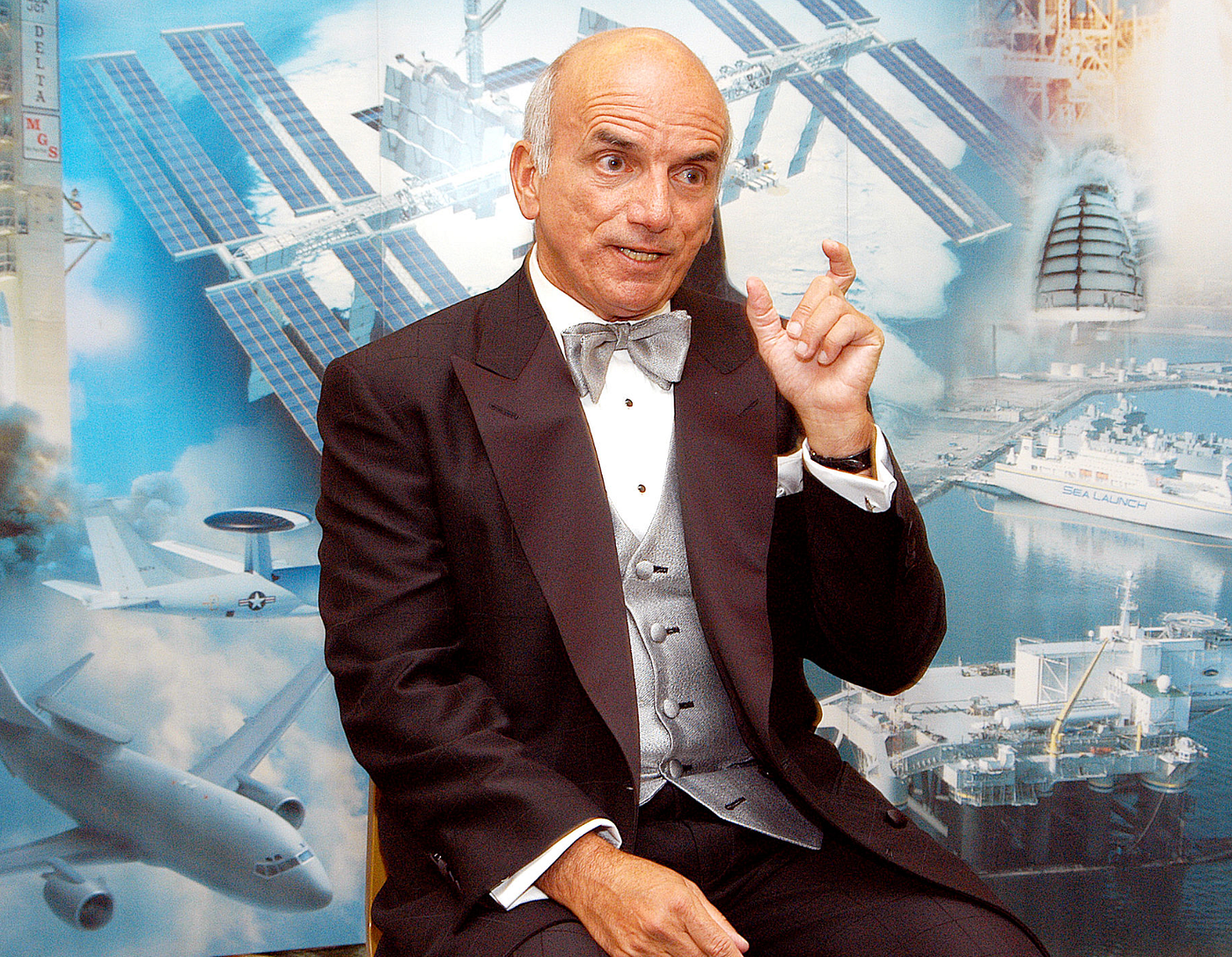 Dennis Tito would eventually pay to become a space “tourist”. Source: Wikipedia
Dennis Tito would eventually pay to become a space “tourist”. Source: Wikipedia
Probably the most notable of these private programs is Space X’s Starship program. Starship, which offers a payload capacity that is both reusable and greater than the Apollo-era Saturn 5 offers large benefits to space travel. This includes greater payloads, the possibility of interplanetary travel and a renewed focus on getting an American back onto lunar soil.
As you’d expect, with aviation being one of the world's most expensive hobbies a private spaceflight program requires some rather significant capital investment, meaning most of these programs are carried out by the ultra wealthy.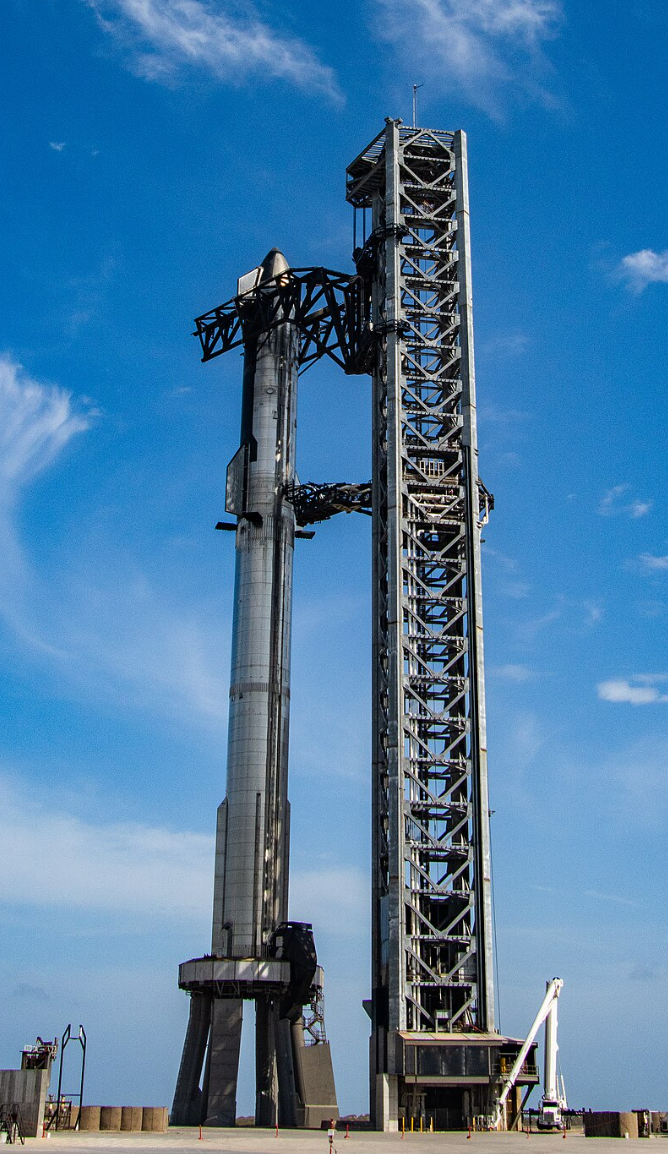 Will Starship offer interplanetary travel? Time will tell. Source: Wikipedia
Will Starship offer interplanetary travel? Time will tell. Source: Wikipedia
However, with the Chinese having their own space station in orbit and the Indian space agency achieving a regular launch cadence with their programs, it’s fair to say now that there are more than the usual two players in town.
The future of spaceflight looks more than a little bit exciting!
What The Tech is our recurring, twice-monthly piece that looks at the technology that was essential in shaping our modern world.
Medium has recently made some algorithm changes to improve the discoverability of articles like this one. These changes are designed to ensure that high-quality content reaches a wider audience, and your engagement plays a crucial role in making that happen.
If you found this article insightful, informative, or entertaining, we kindly encourage you to show your support. Clapping for this article not only lets the author know that their work is appreciated but also helps boost its visibility to others who might benefit from it.
🌟 Enjoyed this article? Support our work and join the community! 🌟
💙 Support me on Ko-fi: Investigator515
📢 Join our OSINT Telegram channel for exclusive updates or
📢 Follow our crypto Telegram for the latest giveaways
🐦 Follow us on Twitter and
🟦 We’re now on Bluesky!
🔗 Articles we think you’ll like:
- Software Defined Radio & Radio Hacking Pt 1
- OSINT Investigators Guide to Self Care & Resilience
✉️ Want more content like this? Sign up for email updates

































